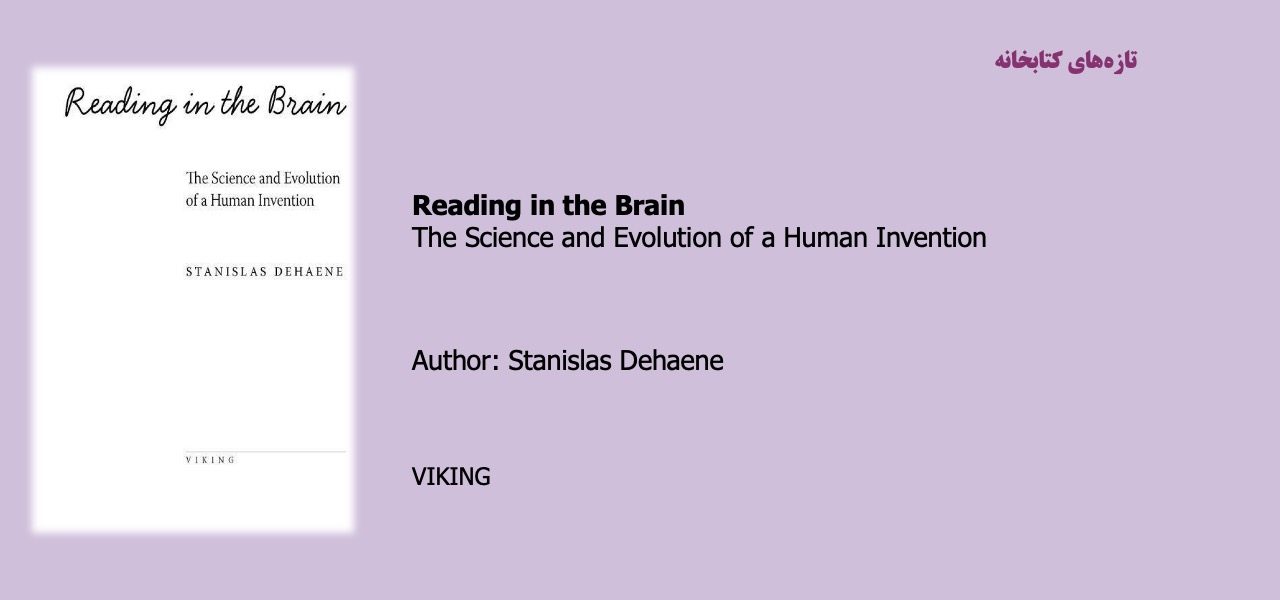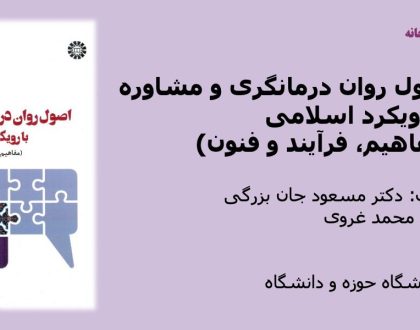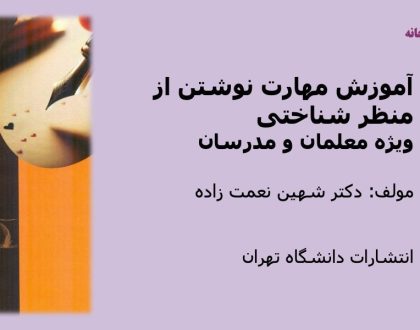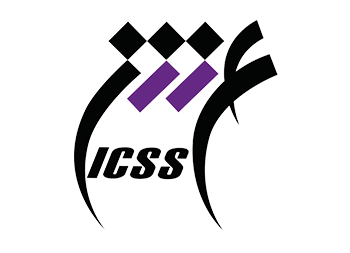Reading in the brain: the science and evolution of a human invention

Reading acquisition is a major step in child development. Many children initially struggle with reading, and surveys indicate that about one adult in ten fails to master even the rudiments of text comprehension. Years of hard work are needed before the clockwork-like brain machinery that supports reading runs so smoothly that we forget it exists.
Why is reading so difficult to master? What profound alterations in brain circuitry accompany the acquisition of reading? Are some teaching strategies better adapted to the child’s brain than others? What scientific reasons, if any, explain why phonics—the systematic teaching of letter-to-sound correspondences—seems to work better than whole-word teaching? Although much still remains to be discovered, the new science of reading is now providing increasingly precise answers to all these questions. In particular, it underlines why early research on reading erroneously supported the wholeword approach—and how recent research on the brain’s reading networks proves it was wrong.
Understanding what goes into reading also sheds light on its pathologies. In our explorations of the reader’s mind and brain, you will be introduced to patients who suddenly lost the ability to read following a stroke. I will also analyze the causes of dyslexia, whose cerebral underpinnings are gradually coming to light. It is now clear that the dyslexic brain is subtly different from the brain of a normal reader. Several dyslexia susceptibility genes have been identified. But this is by no means a reason for discouragement or resignation.
New intervention therapies are now being defined. Intensive retraining of language and reading circuits has brought about major improvements in children’s brains that can readily be tracked with brain imaging.
مطالب مرتبط

اصول روان درمانگری و مشاوره با رویکرد اسلامی (مفاهیم، فرآیند و فنون)
۲۶ / بهمن / ۱۴۰۳

آموزش مهارت نوشتن از منظر شناختی
۲۶ / بهمن / ۱۴۰۳


